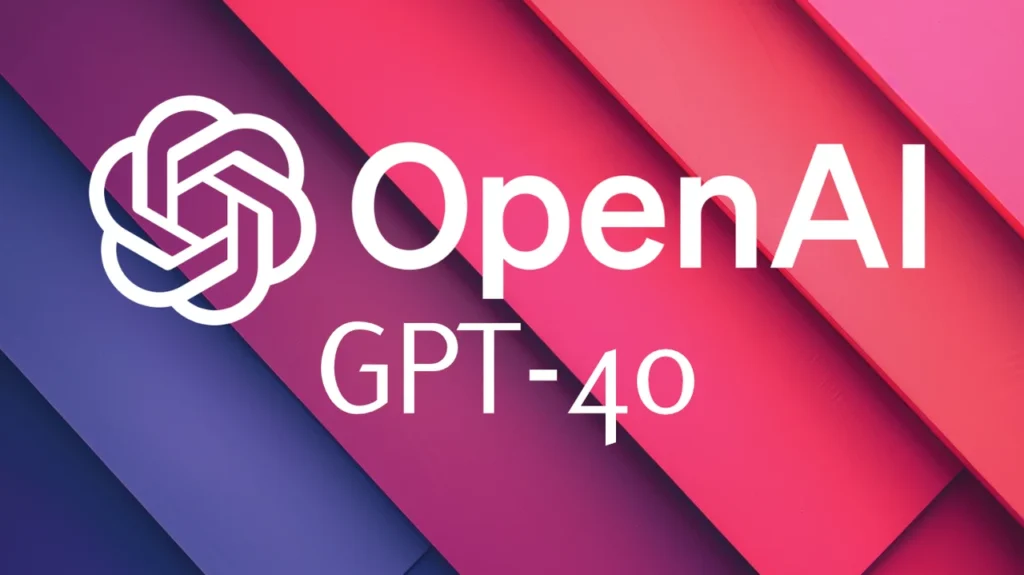OpenAI’s GPT-4o-image API represents a significant advancement in multimodal AI models. This API enables the generation of high-quality images from textual descriptions, seamlessly integrating visual content creation into various applications.

Technical Specifications of GPT-4o-image API
The GPT-4o-image API is a component of OpenAI’s GPT-4o model, an autoregressive omni model that accepts inputs in text, audio, image, and video formats, and generates outputs in text, audio, and image formats. This end-to-end training across multiple modalities allows the model to process and generate diverse data types using a unified neural network. Notably, GPT-4o can respond to audio inputs with latency comparable to human response times, averaging around 320 milliseconds. It matches GPT-4 Turbo’s performance in English text and coding tasks, with significant improvements in non-English language processing and vision capabilities. Additionally, GPT-4o is faster and 50% more cost-effective in API usage compared to its predecessors.
The image generation capabilities of GPT-4o are embedded within its architecture, allowing for the creation of photorealistic images and the transformation of existing images based on detailed instructions. This integration enables the model to apply its comprehensive knowledge to produce images that are both aesthetically pleasing and contextually relevant.
Evolutionary Development of GPT-4o-image API
The development of GPT-4o-image API marks a significant milestone in OpenAI’s progression towards more integrated and capable AI models. Prior to GPT-4o, models like DALL·E 3 specialized in image generation but operated separately from language models. GPT-4o combines these capabilities, offering a unified model that handles multiple data types. This integration enhances the model’s ability to understand and generate complex multimodal content, reflecting a broader trend in AI towards more versatile and comprehensive models.
Advantages of GPT-4o-image API
The GPT-4o-image API offers several advantages over previous models:
- Enhanced Multimodal Integration: By processing text, audio, image, and video inputs within a single model, GPT-4o provides a more cohesive and contextually aware output, improving the quality and relevance of generated images.
- Improved Performance and Efficiency: GPT-4o operates twice as fast as GPT-4 Turbo and is 50% more cost-effective, making it a practical choice for applications requiring rapid and economical image generation.
- Advanced Visual Capabilities: The model’s ability to generate photorealistic images and accurately incorporate textual elements into visuals expands its applicability across various domains, from creative industries to data visualization.
- Robust Safety Measures: Building upon lessons from deploying earlier models, GPT-4o incorporates comprehensive safety protocols to mitigate risks associated with image generation, ensuring responsible and ethical use.
Application Scenarios of GPT-4o-image API
The versatility of the GPT-4o-image API enables its application across a wide range of scenarios:
- Content Creation and Design: Graphic designers and content creators can utilize the API to generate unique visuals based on textual prompts, streamlining the creative process and fostering innovation.
- Marketing and Advertising: Marketers can create tailored visual content that aligns with specific campaign messages, enhancing audience engagement through customized imagery.
- Education and Training: Educators can develop illustrative materials that complement textual content, aiding in the explanation of complex concepts through visual representation.
- Entertainment and Media: The API’s ability to emulate various artistic styles allows for the creation of diverse visual content, including animations and game assets, enriching the entertainment experience.
- Data Visualization: Professionals can transform data sets into comprehensible visual formats, facilitating better analysis and communication of information.
- Accessibility Tools: By converting textual information into images, the API can assist in creating accessible content for individuals with different learning preferences or disabilities.
If you want to learn more ,please refer to GPT-4o API.
Conclusion
OpenAI’s GPT-4o-image API represents a significant advancement in the integration of multimodal AI capabilities, offering efficient and high-quality image generation from textual descriptions. Its technical sophistication, evolutionary development, and diverse applications underscore its potential to transform various industries by enhancing the way visual content is created and utilized. As AI continues to evolve, tools like the GPT-4o-image API exemplify the strides being made towards more versatile and integrated artificial intelligence solutions.
How to call GPT-4o-image API from CometAPI
1.Log in to cometapi.com. If you are not our user yet, please register first
2.Get the access credential API key of the interface. Click “Add Token” at the API token in the personal center, get the token key: sk-xxxxx and submit.
3. Get the url of this site: https://api.cometapi.com/
4. Select the gpt-4o-all and gpt-4o-image endpoint to send the API request and set the request body. The request method and request body are obtained from our website API doc. Our website also provides Apifox test for your convenience.
For Model lunched information in Comet API please see https://api.cometapi.com/new-model.
For Model Price information in Comet API please see https://api.cometapi.com/pricing
5. Process the API response to get the generated answer.
Pricing in CometAPI is structured as follows:
| Model Name | gpt-4o-image | gpt-4o-all |
| API Pricing | Pricing:$0.04.pay per view | Input Tokens: $2 / M tokens |
| Output Tokens: $8 / M tokens | ||
| illustrate | The model is dedicated to image generation and editing, which enables image style conversion, preserving the characteristics of the original image with superb consistency and outputting high-definition images. | GPT All model, integrating official GPT-4o, internet access, image reading, drawing functions, code interpreter in one, file links can be placed anywhere in the prompt. |
| label | image | multimodal image analysis file analysis search |



